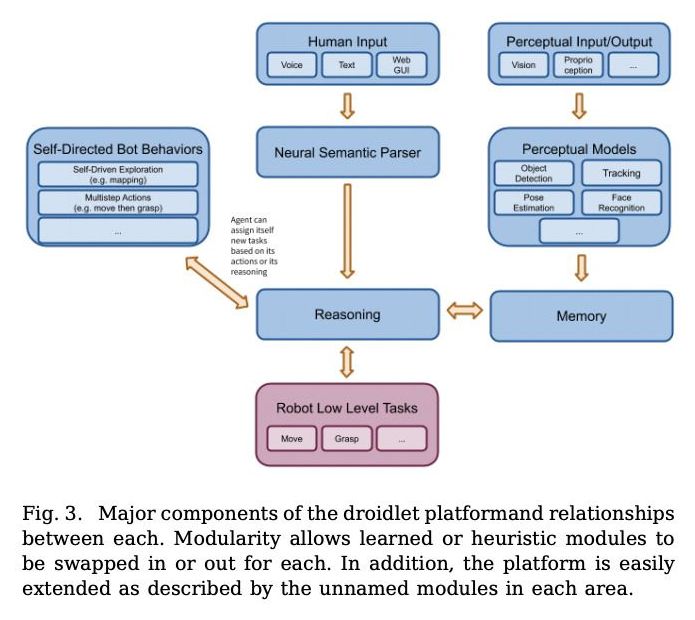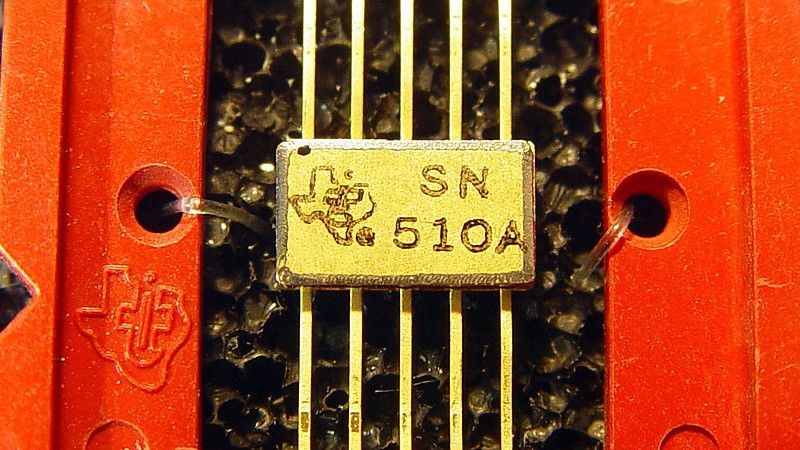
Robots today have been programmed to vacuum the floor or perform a preset dance, but there is still much work to be done before they can achieve their full potential. This mainly has something to do with how robots are unable to recognize what is in their environment at a deep level and therefore cannot function properly without being told all of these details by humans. For instance, while it may seem like backup programming for when bumping into an object that would help prevent unwanted collisions from happening again, this idea isn’t actually based on understanding anything about chairs because the robot doesn’t know exactly what one is!
Facebook AI team just released Droidlet, a new platform that makes it easier for anyone to build their smart robot. It’s an open-source project explicitly designed with hobbyists and researchers in mind so you can quickly prototype your AI algorithms without having to spend countless hours coding everything from scratch.
Droidlet is a platform for building embodied agents capable of recognizing, reacting to, and navigating the world. It simplifies integrating all kinds of state-of-the-art machine learning algorithms in these systems so that users can prototype new ideas faster than ever before!









